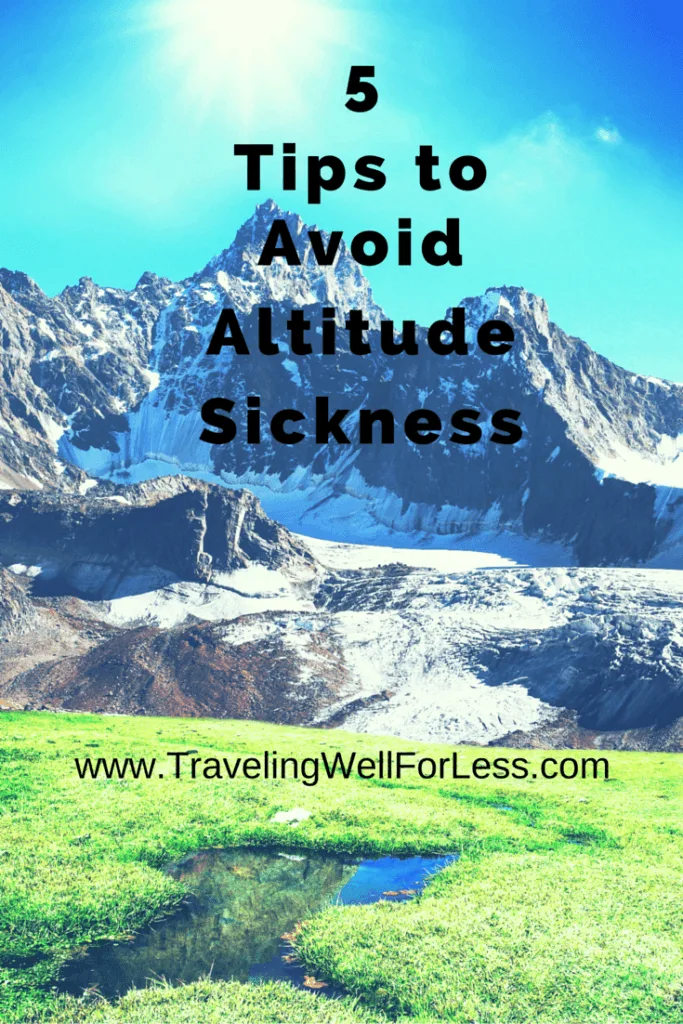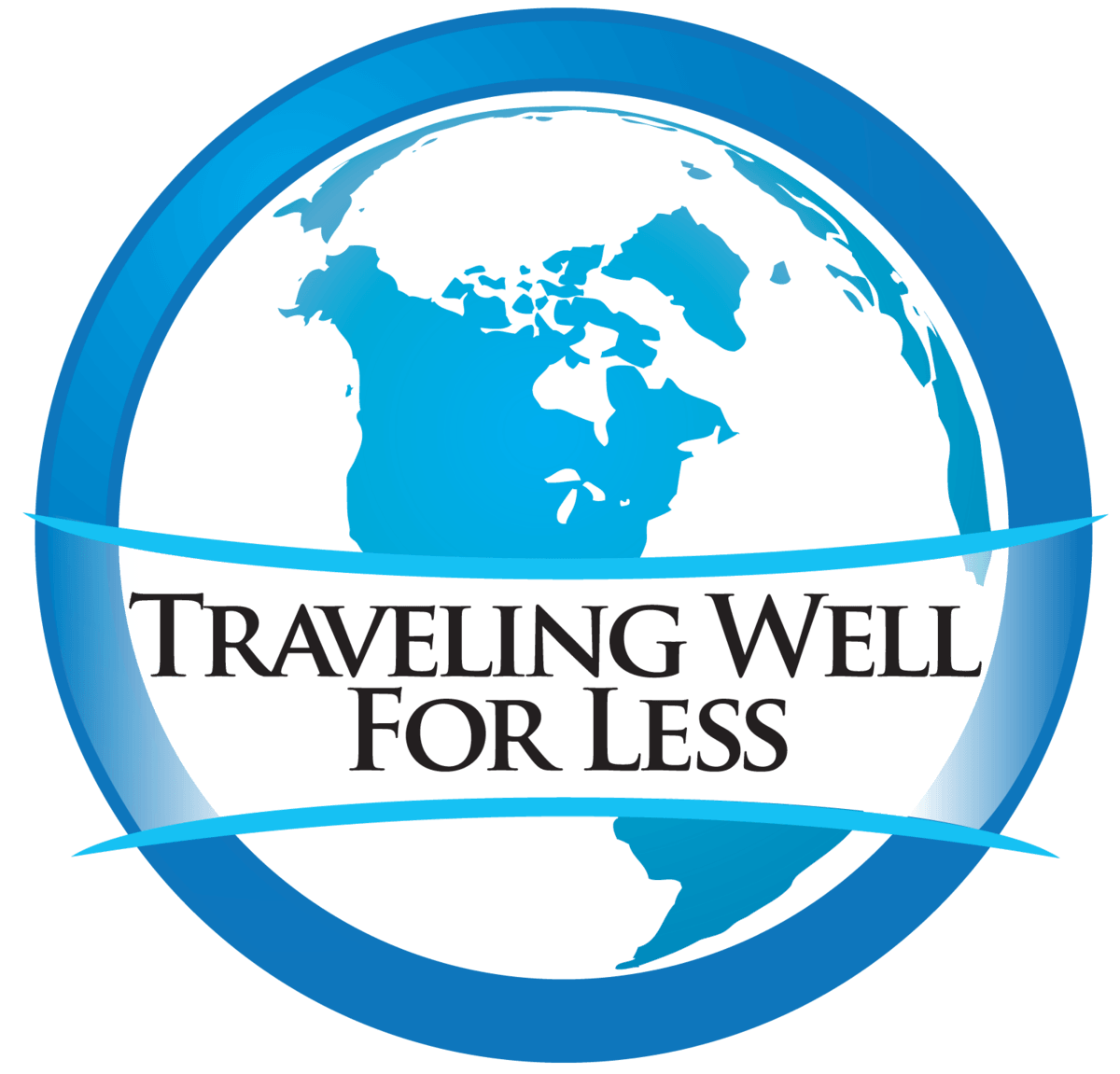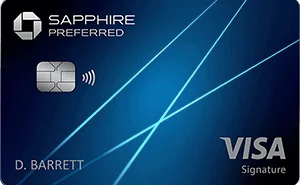Got a pounding headache? It might not be from all those margaritas and/or beer you drank last night. Especially if you’re at high elevation. High elevation isn’t limited to Mt. Everest. Did you know that Santa Fe, New Mexico is almost the same elevation as Machu Picchu? Here are 5 tips to avoid altitude sickness, how to recognize the signs of altitude sickness, and what to do if you have altitude sickness.
You might have read Tips to Avoid Altitude Sickness. But that was four years ago so it’s time for an update.

Signs of Altitude Sickness
Altitude sickness is sneaky. You might know you’re suffering from the affects. I suffer from altitude sickness so I’m very familiar with the signs and symptoms.
Altitude sickness can affect anyone including Olympic athletes. Being fit and in shape has nothing doesn’t matter. So here’s how to recognize the signs of altitude sickness:
- Headache
- Dizziness
- Nausea and/or vomiting
- Loss of appetite
- Fatigue and/or loss of energy
- Difficulty sleeping
You can take Acetazolamide (Diamox) 1-2 days before your trip. If you can’t get a prescription for Diamox, Ibuprofen also helps.
Chewing cocoa leaves also helps. (even The Pope does it). But this it’s totally illegal. And not like illegal in 24 states and legal in 26.
If Diamox and cocoa leaves aren’t an option, here are 5 tips to avoid altitude sickness.
Tips to Avoid Altitude Sickness
1. Acclimate
Give your body time to adjust to the new altitude. Especially if you’re coming from a much lower elevation.
You can acclimate by arriving at your designation several days early. Start off at a lower elevation.
So if you’re going to skying in Colorado, stay a few days in Denver before you drive up to the mountains. Or spend a few days in Lima before heading to Machu Picchu.
2. Take it Easy
But if you’re not a Rolling Stone and time isn’t on your side, then be like the Eagles and take it easy.
Get plenty of rest, when you can. It’s okay to just say no. Nancy did it all the time.
3. Hydrate
Start drinking. And drink as much as you can. By drinking, I mean water.
The air is drier at a higher elevation so you should drink twice a much water.
4. Avoid Caffeine and Alcohol
“Wait, what? But those are my two favorite things?”
Yep, sorry Charlie. Because you want to hydrate at a high elevation not dehydrate, you should skip caffeine and alcohol.
5. Eat Carbs
But there’s saving grace. If you have to give up caffeine and alcohol, at least you still get to keep your carbs.
So go ahead and eat that donut. Or for a healthier choice go with whole grains, brown rice, cereal, bread, fruit, and vegetables.
What to Do If You Have Altitude Sickness
If you start developing signs of several altitude sickness, HAPE (High Altitude Pulmonary Edema), or HACE (High Altitude Cerebral Edema):
- Shortness of breath
- Swelling of feet, arms, legs
- Chest tightness
- Cough
- Coughing up blood
- Cyanosis (skin turns blue – think pre-Violet Beauregarde)
see a doctor immediately.
Conclusion
You can get altitude sickness even at elevations as low as 5,000 feet. Altitude sickness can affect anyone, even Olympic athletes.
Commons symptoms include headache, loss of appetite and difficulty sleeping.
These 5 tips can help you avoid altitude sickness: acclimate, take it easy, hydrate, avoid caffeine and alcohol, and eat carbs.
Severe symptoms of altitude sickness include shortness of breath and swelling in your feet, legs, and arms. If you develop severe symptoms, see a doctor immediately.
Have you suffered from altitude sickness? What tips do you use to prevent altitude sickness?
Comment, tweet, or share this post.
Get the best credit card bonuses.
Follow us on Twitter | Facebook | Pinterest | Instagram | YouTube
Got a question? Or want help, suggestions, travel tips, learn how to travel for free, find out about travel deals, and maximize your miles and points? Use the subscription box below to sign-up and get post updates by email.
Traveling Well For Less has partnered with Your Best Credit Cards for our coverage of credit card products. Traveling Well For Less and YBCC may receive a commission from card issuers.


